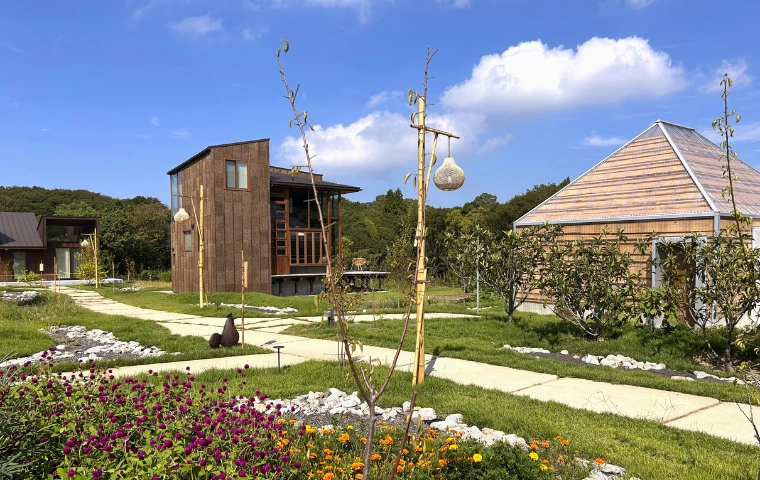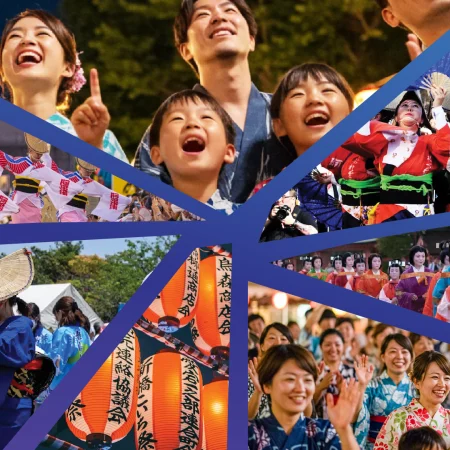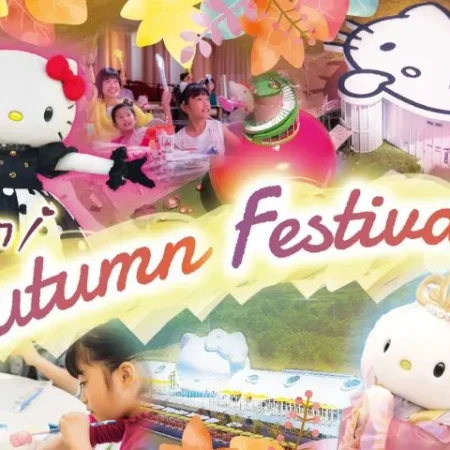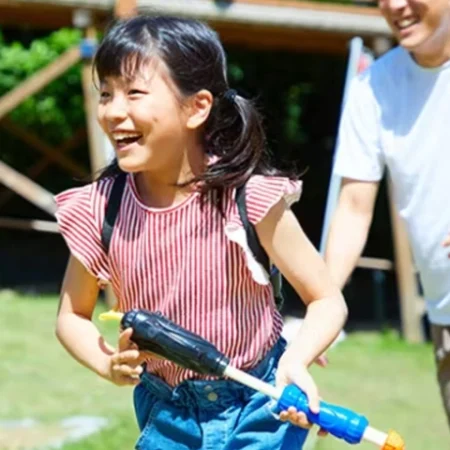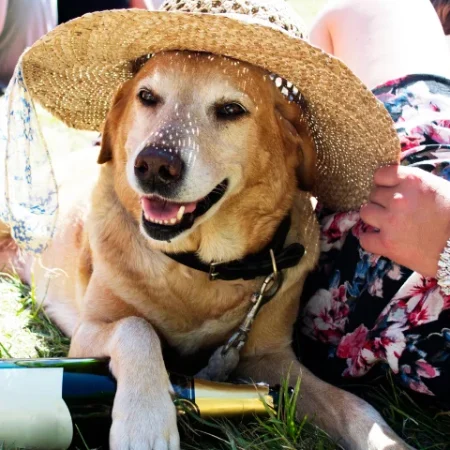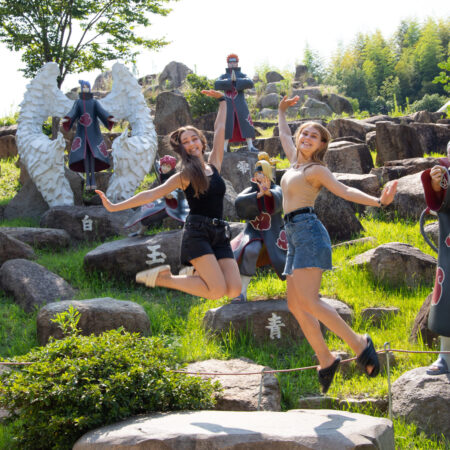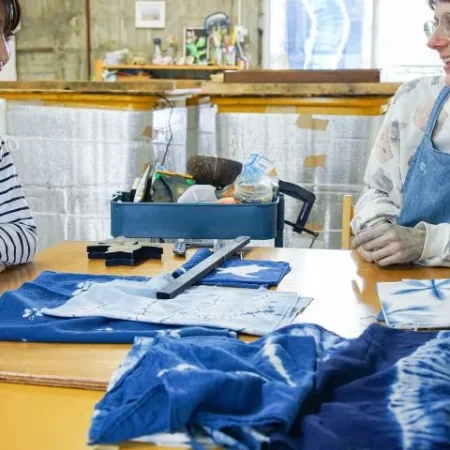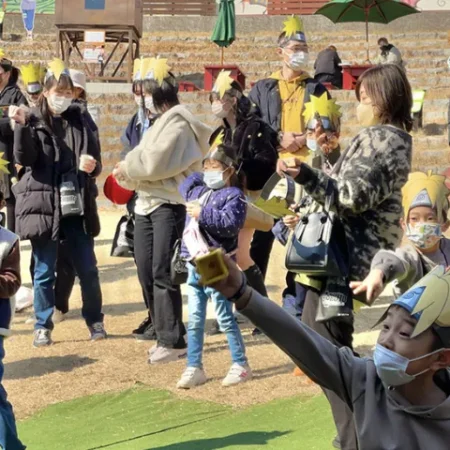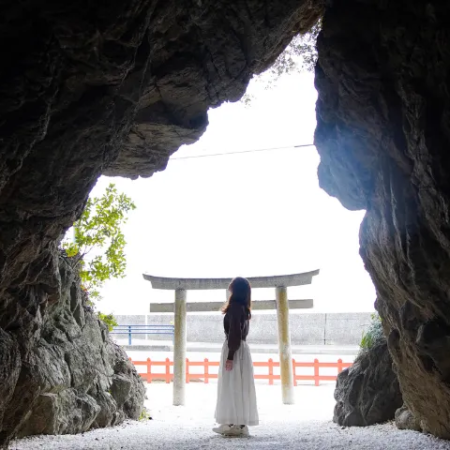It was a warm autumn day when we arrived for our luxury Japanese farm stay at Farming Resort San San Villa, perched atop a hill in Awaji Island in Hyogo Prefecture.
Awaji Island is located in the Seto Inland Sea, and is a resort island filled with beautiful nature, fascinating cultural practices such as a type of Japanese puppet show (Bunraku), and gourmet food. Said to be the birthplace of Japan, it is home to countless tales of Japanese mythological history. It is relatively close from major tourist destinations, lying just one hour from Osaka and one and a half hours from Kyoto by car or public transportation.
For this trip, we chose to drive. Emerging from the parking lot, we were greeted by clear blue skies, and, upon pushing the buzzer at the intercom, a friendly staff member who came to welcome us and help us with our bags.
Table of Contents
Welcome to Farming Resort San San Villa
Walking into the resort felt like stepping foot into a fantastical little village. San San Villa, which opened recently in August 2025, features 10 villas, each one designed by renowned architects from Japan or abroad. Some resemble traditional or modern houses, though the designs carefully showcase the qualities of natural materials like straw and wood. Others still are playfully imaginative: a villa shaped like a pyramid, made to resemble a mountain of flowers, for instance, or a three-floors-tall treehouse that seems to be perched on stilts.
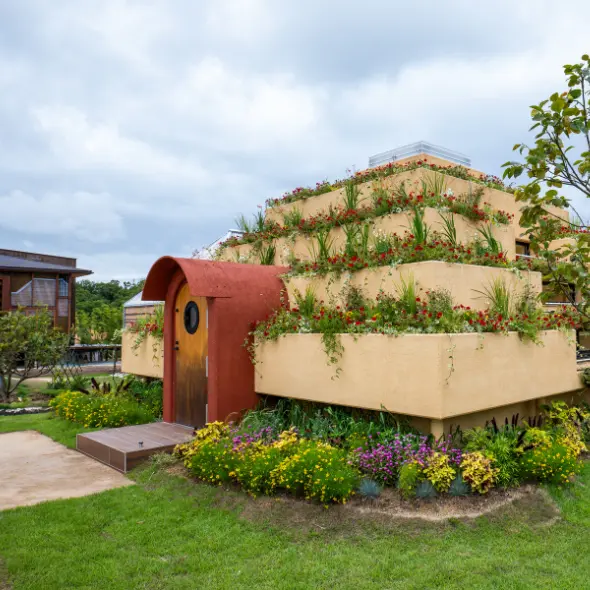
For now, we followed the friendly staff to SUGI, the reception villa. As its name suggests—sugi is the word for Japanese cedar—the gentle warmth of wood filled the space. While we completed our check-in process, the staff presented us with green smoothies, made with spinach and jungle tomatoes that had been freshly harvested from the fields.
This was my introduction to the concept of “living with agriculture,” which San San Villa revolves around. The hotel is located on the premises of the Awaji Nature Lab & Resort, a nature circulation garden, in Awaji City. Though it is just about one hour away from Osaka and 30 min. away from Kobe—close enough to be an easy day trip—it is far removed from the hustle and bustle of the city and provides guests with a serene nature retreat in the Japanese countryside. The tranquility also makes it a perfect place to grow and nurture seasonal produce, which is incorporated into meals and refreshments, as well as into the various agricultural activities.
The concept is also evident in the hotel grounds. Petite fields dot the area, in front of and between villas, like small gardens. For this stay, a staff member escorted me past some of these fields, down the paved path to the villa KAZE, a rectangular villa with dramatically sloping roofs. The dark paneled wood that lined the outside—stained, with the wood grain still evident—lent the building an air of natural elegance.
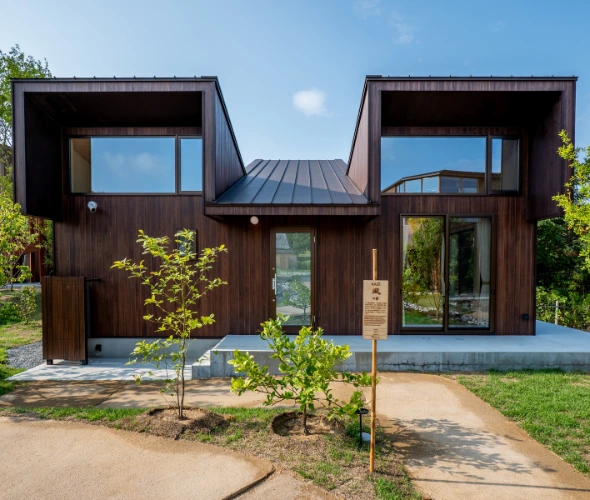
In contrast to the exterior, when I unlocked the door and stepped inside, I was greeted by a spacious, brightly lit space. The late afternoon sunlight streamed in through the floor-to-ceiling windows that stretched about one-and-a-half floors up in some places.
A long dining table, made of a single piece of wood, sat over by the kitchen area, which contained a variety of cooking utensils, cutlery, a small tea set (important for later!), and packets of artisanal coffee. On the other side of the room, a yellow velvet sofa and a plush armchair provided a perfect space to rest with your companions while gazing out upon the nature that surrounded the villa.
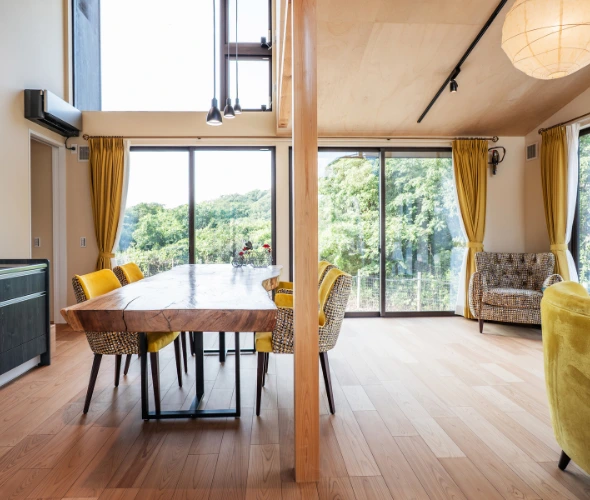
As I explored the villa a little bit more, I discovered the bathroom, with a bathtub large enough to stretch out in, and a bedroom with two single beds. On the beds were some of the softest pajamas I had ever touched: a two-piece set made of stretchy double-layered gauze, from Japanese pajamas maker Pajamaya IZUMM. Of course, the villa was also equipped with other amenities, such as towels made from organic cotton, toothbrushes and hairbrushes made of bamboo, and moisturizing balm.
“Living with Agriculture”: Agricultural Activities
Guests at San San Villa get to try their hand at a variety of activities, each providing the chance to get up close with the herbs, crops, or livestock on the farm. My first activity found me at the field across the reception villa, SUGI, where another staff member greeted us cheerfully and explained to us that we would be transplanting a row of white and purple cauliflower plants.
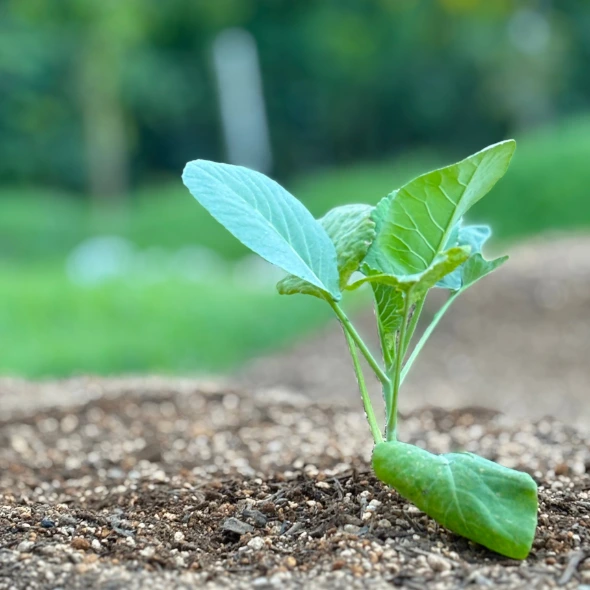
It was my first time doing any kind of farming, but after the thorough demonstration, I found it was a beginner-friendly activity. With the staff’s patient guidance, I dug holes in the dirt with my fingers, pulled the cauliflower stalks out of their temporary pots, and placed them in the ground before packing the hole with the displaced dirt.
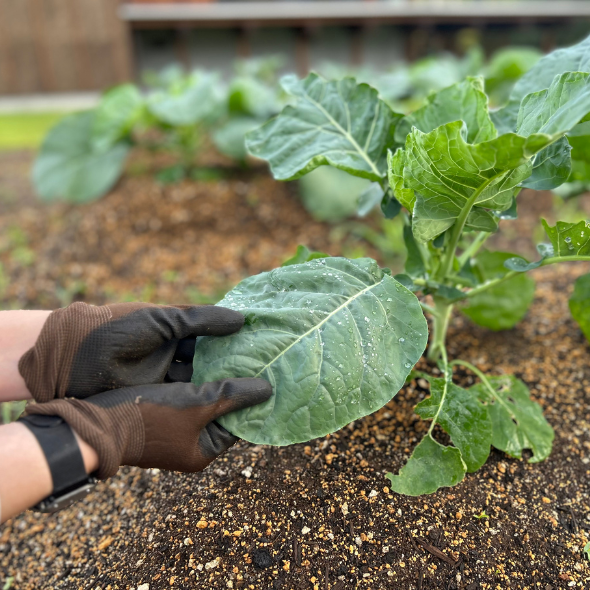
While we worked, the staff also explained what it takes to achieve a bountiful seasonal harvest. It isn’t enough to simply water the plants, or even to fertilize them; a good farmer knows to consider predicted changes in the weather—increasingly important nowadays—in deciding when to harvest the crops, and to grow plants that can help each other keep pests away nearby. This is why, she explained, she had planted marigolds by all the eggplant vines, because the marigolds repel bugs that like to eat the eggplants. As she spoke, I ran my fingers through the cool soil, and found myself marveling at the work it takes for the food I eat to reach my plate.
The agricultural activities available to guests change with the season. During our stay, we also had the opportunity, early the next morning, to harvest the eggplants we’d seen around. In Japan, eggplants are an early fall vegetable, and this would be the resort’s last harvest of the season; guests who stayed after us might, for instance, harvest some squashes instead.
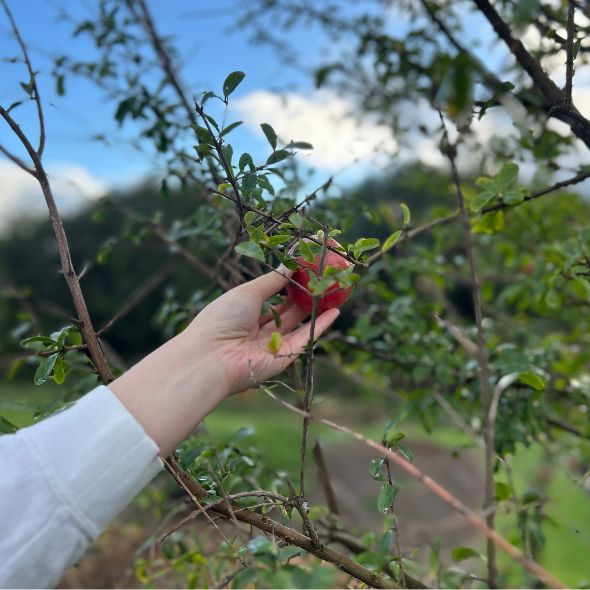
There were small clusters of eggplants scattered around the resort, and we were taught how to harvest the eggplants by supporting the fruit with one hand while snipping off the stem about 2.5 centimeters, or 1 inch, up from the cap. To my delight, we got to bring our harvests—one of each of the four eggplant varieties that had been planted, including a light green one called choryoku nasu that I had never seen before—home as a souvenir.
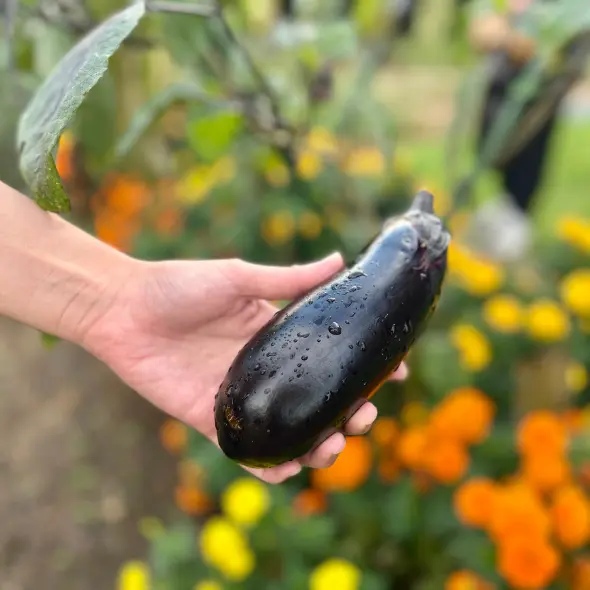
After harvesting the eggplants, we also had the chance to visit the chicken coops, where staff had carefully been raising four different breeds of chickens. There we learned that each of their hens lays about 330 eggs a year on average, and though some eggs are earmarked to be hatched, others are sent to the restaurant, so that guests can enjoy them farm fresh.
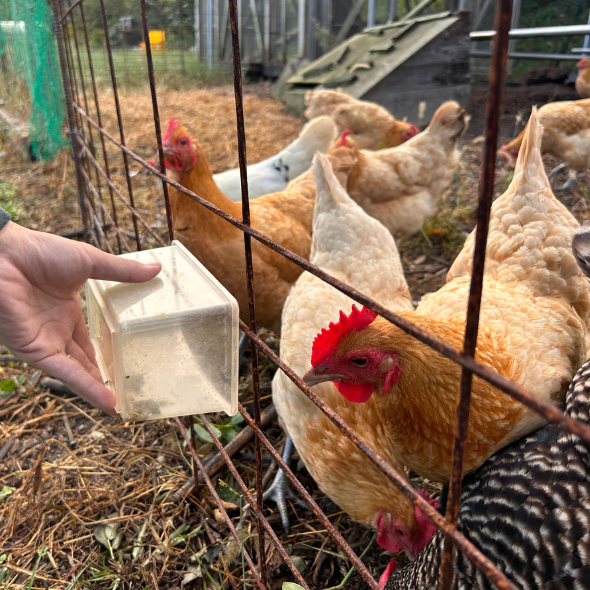
While we admired the chickens, we were also given some insight into some of the resort’s sustainable farming practices. As farmers, on the frontline of Japan’s food production, the staff are keenly aware that 90% of Japan’s chicken feed is imported. In a time of growing conflict, they explained, sustainable farming practices will become more important in ensuring that we can continue to eat meat far into the future. To that end, they have adopted practices such as incorporating leftover bread from the restaurant, as well as leftovers like dried skipjack tuna from the local restaurants, in the chicken feed.
“Living with Agriculture”: Aromatic Herb Activities
Another part of San San Villa’s vision of “living with agriculture” is the aromatic herb activities, which start at the herb gardens in front of the resort’s restaurant, Farmer’s Restaurant Haru San San.
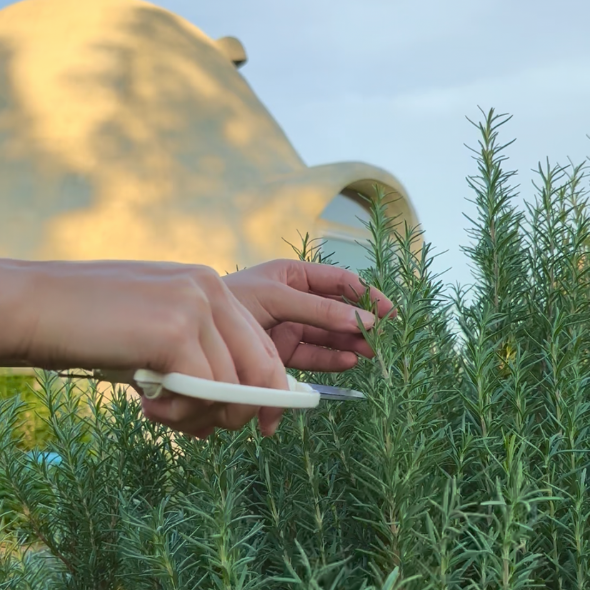
After we were done transplanting the cauliflowers on the first day, we headed over to the herb garden by the restaurant. There, another staff member took us through each herb and where to cut to harvest them. The herbs in the garden, he explained, were not just for the aromatic herb activities, but also used in Haru San San. Lavender, mint, lemongrass, rosemary, basil, shiso… Each herb had grown tall and seemed to be thriving under the staff’s gentle care, and we took our time to savor the gentle aromas as we cut a little of each.
With my small basket filled with herbs, I returned to my villa and pulled out the tea set. After washing the herbs, I created my own blend of herb tea: some lemongrass, lots of rosemary, and lavender, with marigold and blue pea flowers for garnish. It was light and fragrant and perhaps a little heavy on the rosemary, but that was just the way I liked it. It can be hard to find fresh herbs in Japan, unless you grow them yourself, so I took the time to savor the depth of flavors in my simple pot of tea.
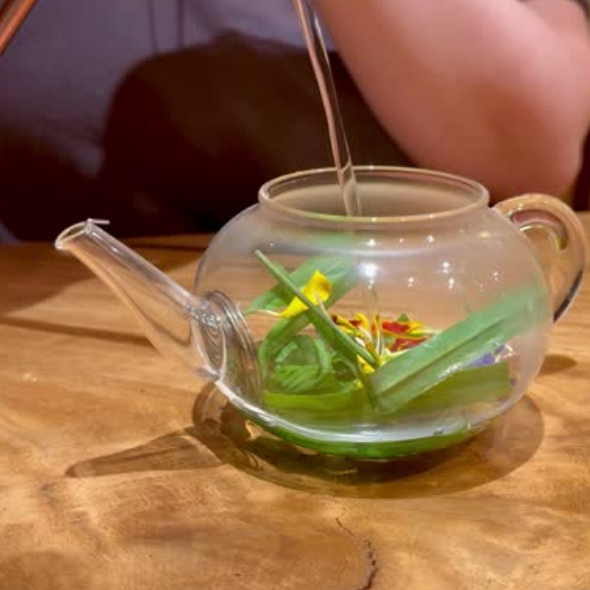
With the rest of my herbs, I then approached the aromatic bath salt station that had been set out on a tray on the kitchen counter. There, step by step instructions guided me through grinding my fresh herbs with the mortar and pestle and mixing in the dried lavender, rose petals and salt that had been provided to produce my very own bath salt blend. When I was satisfied with the calming floral aroma, I poured the mix into the cloth sachet and tied it up before setting it aside to use after dinner.
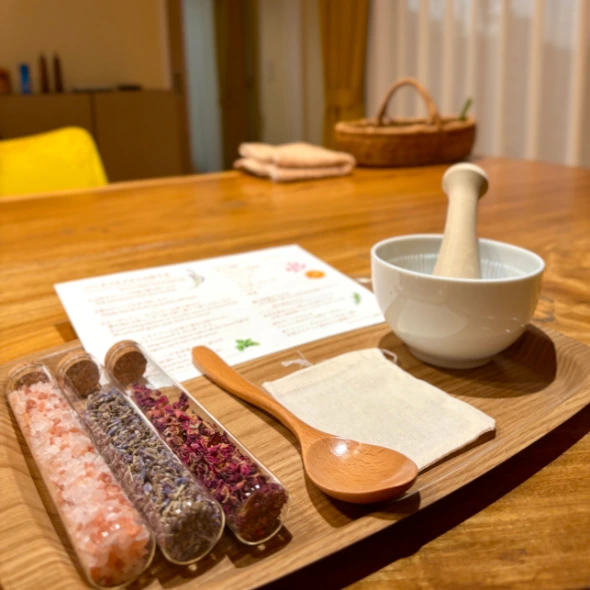
Meals: Dinner and Breakfast at Farmer’s Restaurant Haru San San
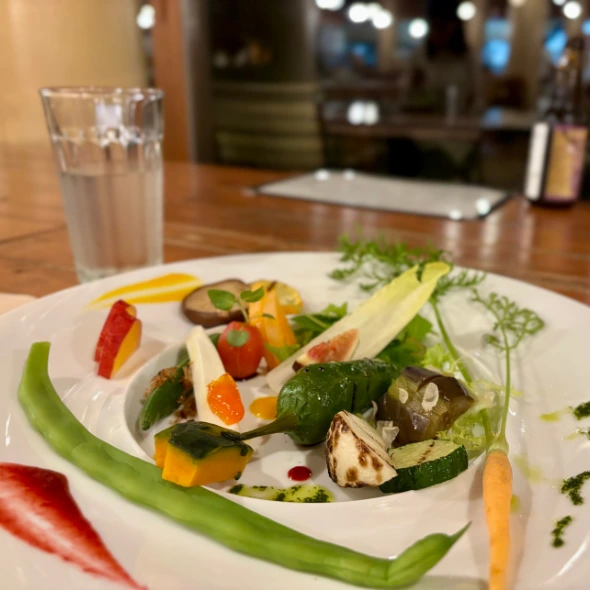
Dinner was served at Farmer’s Restaurant Haru San San, and we were treated to a luxurious 7-course meal that shone a spotlight on local vegetables. The aperitif, a clarified tomato juice, was sweet, but had an incredible, deep umami flavor that primed my tastebuds for what was to come.
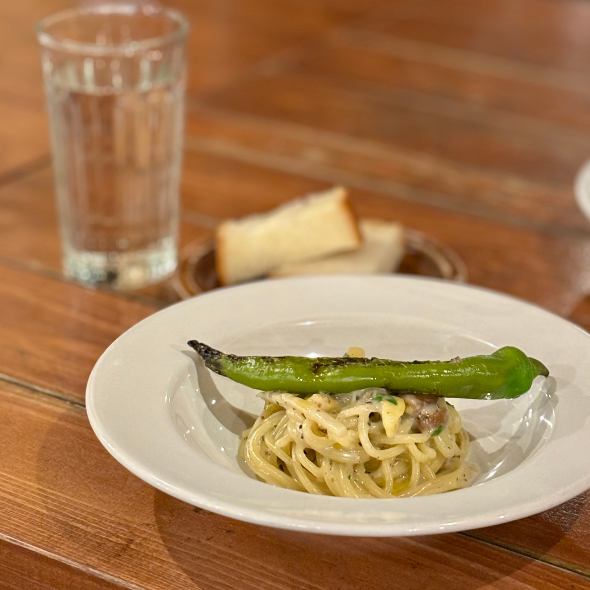
And more did come: a starter with 15 different kinds of vegetables, almost all from Awaji Island; an Awaji onion that had been slowly roasted for 7 hours, served with a soy milk sauce; homemade milk bread and focaccia; a chestnut, truffle, ginger and fig pasta with local bell peppers; steak made from local wagyu, known as Awaji-gyu, paired with a Naruto orange sauce; and finally, for dessert, Crème d’Anjou with seasonal fruits.
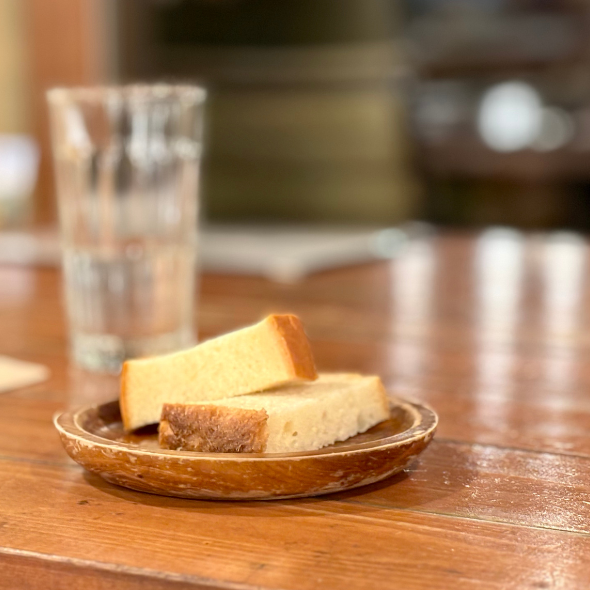
It was an impressive menu, and the chefs had carefully and patiently prepared each ingredient to draw out its innate flavor. After dinner, we retired to our villas, fully sated, to take a bath with the aromatic bath salt sachets we had made earlier in the day and rest up for the early morning the next day.
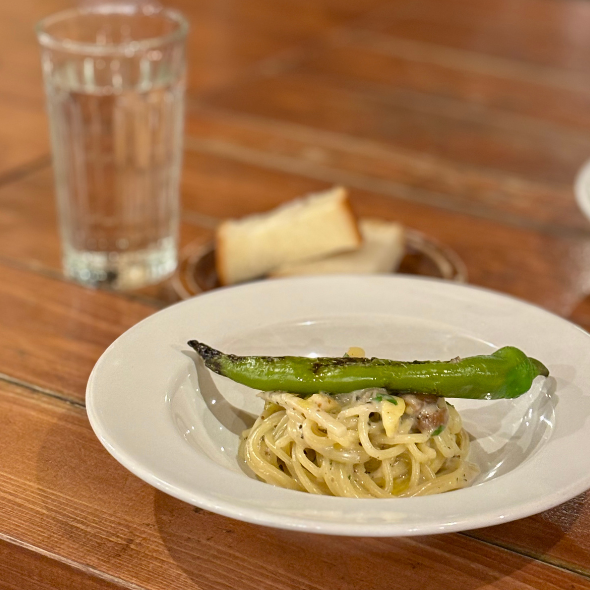
Breakfast the next morning—served after we had harvested eggplants and visited the chicken coop—was a comparatively simple affair, but it did not celebrate local vegetables any less. To my delight, we received another smoothie, this time made with tomatoes and carrots from the resort’s fields and homemade strawberry syrup. This was followed by fluffy white rice, a perfectly cooked sunny side up egg, and miso soup with local onions and pumpkins.
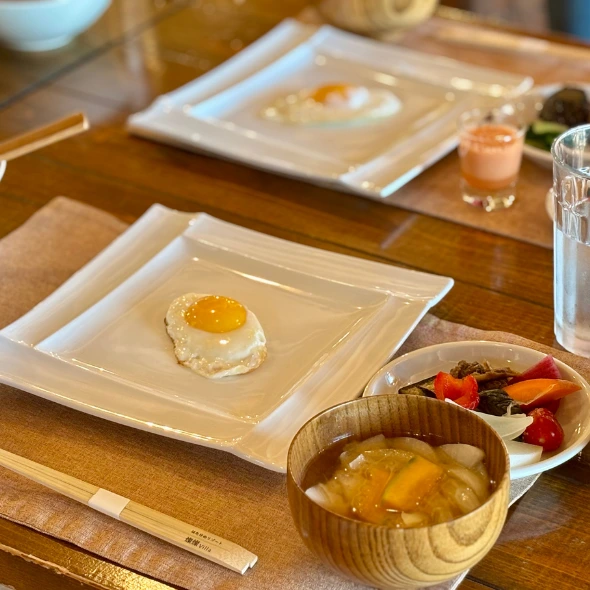
There was also a pickles bar, where staff laid out various pickles made from local fruits and vegetables: eggplants, carrots, tomatoes, bell peppers, onions, radish, and even grapes, just to name a few. Despite its relative simplicity, it was nourishing and tasty, and left me ready to take on the rest of the day.
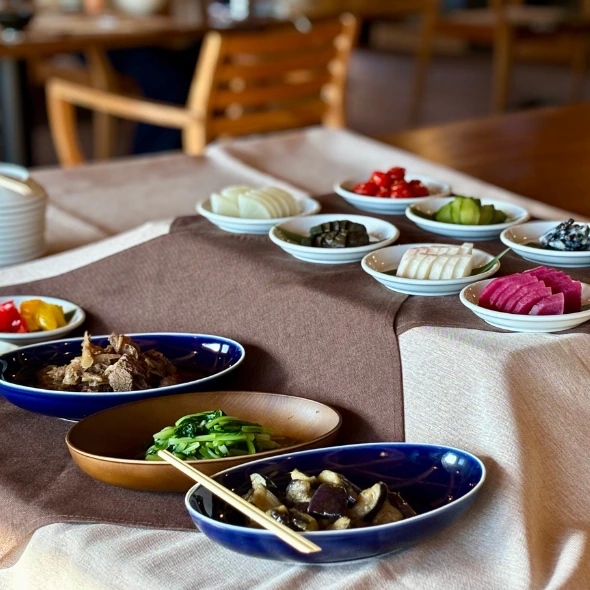
Reflections
Though I was a little nervous about farming, as someone who had grown up in a city and never done any kind of farming before, with the staff’s patient and thorough guidance, the activities were easy to approach. They also left me with a greater appreciation of how agriculture—and herb production—play a big role in our daily lives, and of the amount of effort that must go into the process to ensure we can continue to enjoy our way of life for a long time to come.
If you’re looking for a special and unique experience, the next time you plan a trip to Japan, you should definitely include Farming Resort San San Villa in your itinerary for a relaxing time that will change the way you look at the products you consume!
| Address | 1510-3 Genpachi, Nojima-Tokiwa, Awaji City, Hyogo Pref. 656-1726 A free shuttle busis available. |
|---|---|
| Parking | Available (Free) |
| Reception | Check-in 3:00 p.m. ~ 5:00 p.m./check-out 10:00 a.m. |
| Guest Rooms | 10 villas in total, each villa for private bookings |
| Tel. No. | 0799-70-9083 |
| Official HP | https://en.awajinaturelabresort.com/ |
| Official Reservation Site | https://go-awajinaturelabresort.reservation.jp/en |



